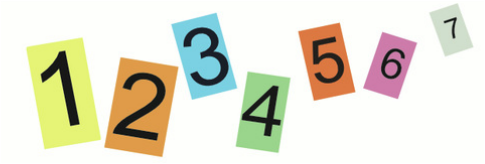When an author writes a successful book – or at least one that washes its face in terms of costs – it’s terribly tempting to write a sequel, a follow-on ‘what happened next’ novel. The author wants to develop the characters and develop the settings, and it’s entirely natural to want to turn that enthusiasm into a sequel.
The trouble is that, commercially, it’s not a good idea. That might sound a bit strange: you’d think that if the author has acquired a following, a sequel should sell. But if you give it a little more thought, only those people who have read the first book will be interested in reading the second, which immediately limits your book’s potential sales. You already know what the first book sold, and I’d guess that only 30%-50% of that would read volume 2. That’s not an attractive prospect for booksellers, which in turn means it’s not an attractive prospect for the publisher. That sort of sequel is only ever going to work if the first book was such a massive success that 30%-50% of the first sales is still a lot, and not everyone can be J.K.Rowling.
On the other hand, if the second book in your series can be read before the first without containing any spoilers, you’re OK – a second book might even kick-start the sales of first. Unfortunately, that’s an incredibly hard thing to do. Crime novels generally work, though – the whodunnit aspect of the book is usually more important than any ongoing narrative. Read the Harry Bosch or the Inspector Montalbano books in order, though.
If you really must revisit old ground, then one possible compromise is to use some of the minor characters from your first book and make them central ones in a new book. Readers might welcome familiar territory, but it does mean that the novels can be read in reverse order.
So what do we at Comely Bank Publishing recommend writers do instead? Actually, we always encourage writers to write a completely new, unconnected story. Good writers surely have more than one storyline in their heads, and being obsessed with a sequel rather advertises how good you think your own first book was, doesn’t it?
Gordon Lawrie

 RSS Feed
RSS Feed
